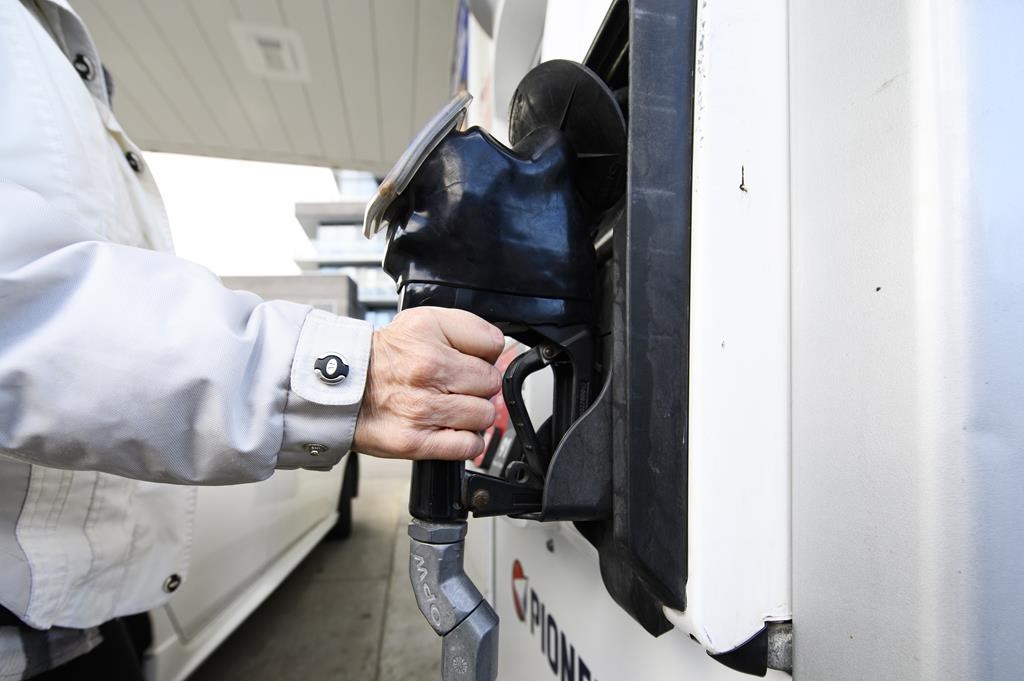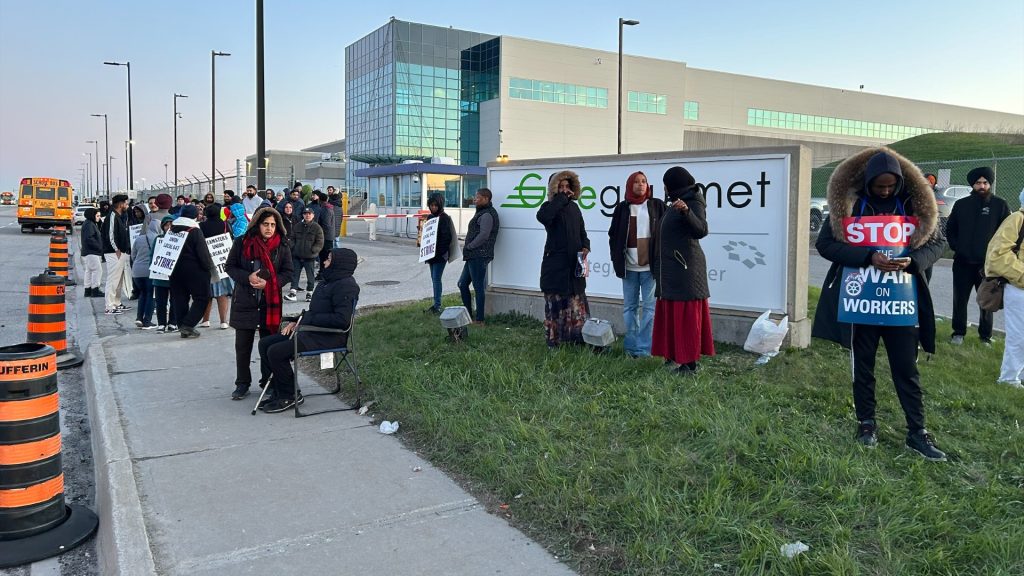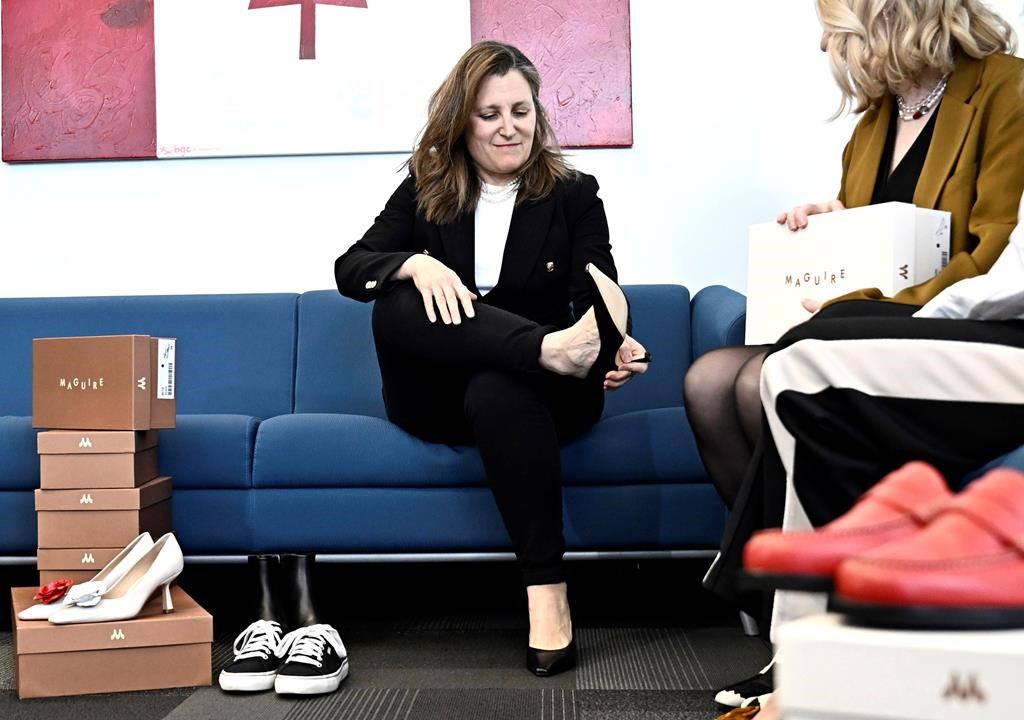Military to provide medical personnel to help Ontario
Posted April 26, 2021 2:59 pm.
Last Updated April 27, 2021 5:48 am.
Ontario prepared Monday to receive medical support from the military as the province reached grim new milestones in COVID-19 hospitalizations and spread.
The federal government said the Canadian Armed Forces would deploy up to three teams of nurses and medical technicians to help Ontario’s overburdened health-care system, much as it did during the pandemic’s first wave.
The move comes after the province said it made a formal request for assistance from the military and the Canadian Red Cross.
“What we are looking for is very specialized nurses that can help out in our intensive care unit beds and medical personnel that can assist our hospitals that are seeing disturbing rises in cases of COVID-19,” Ontario Solicitor General Sylvia Jones said.
Hospitalizations and admissions to intensive care units have been breaking records in recent weeks, and public health officials said Monday both were once again at their highest since the start of the pandemic.
Dr. Barbara Yaffe, the province’s associate chief medical officer of health, said Ontario also reported its highest positivity rate, at 10.9 per cent, on Monday.
The province said 2,271 people were in hospital with COVID-19, but noted that more than 10 per cent of hospitals did not submit data over the weekend and that the tally would likely go up.
Provincial data showed 877 people in intensive care because of the virus and 605 on ventilator.
A field hospital set up at Toronto’s Sunnybrook Hospital received its first patient Monday, the facility said in a statement.
Ontario’s top doctor said the province had also seen a third case of a rare blood clot issue in someone who had received a dose of the Oxford-AstraZeneca vaccine, this time in a man in his 70s. Dr. David Williams stressed the benefits of immunization far outweigh the risks and noted that the man was being treated in hospital.
Earlier Monday, the province announced it was considering allocating half of its COVID-19 vaccines to hot-spot areas to bring down surging cases, and could act as soon as next week if it decides to proceed with the change.
The government is weighing a recommendation by its COVID-19 science advisory table, which said allocating shots based on transmission rate rather than age group would bring down COVID-19 hospitalizations and deaths, Health Minister Christine Elliott said.
Elliott said the province has so far been held back by its limited supply of vaccines, particularly in light of delayed shipments from Moderna and AstraZeneca.
But Ontario expects to receive “much higher levels of doses” from Pfizer-BioNTech, which could allow for a shift in its immunization strategy, the minister said.
“We don’t want to take vaccines away from any groups right now, if we were to go to the 50 per cent (allocation for hot spots),” she said.
“But starting next week, should we decide to move forward with that, we would have a much larger allocation of vaccines to be able to put into those hot-spot areas.”
The prospect of more vaccines for hot spots was welcomed by political leaders from the 11 largest municipal governments
The government is also seeking to have “several” pharmacies administer the Pfizer shot as part of a pilot project meant to help mitigate the impact of a shortage of AstraZeneca vaccines, Elliott said.
The government is looking into how to manage the specific storage and transportation requirements for the Pfizer vaccine, which have so far limited its distribution to hospitals and other such settings, the minister said.
Ontario pharmacies have been administering the AstraZeneca vaccine to those 40 and older.
The government said last week it couldn’t offer the AstraZeneca shot to anyone younger than that, even though Canada’s panel of vaccine experts said it could be used for those 30 and up, due to a limited supply. It said at the time there were roughly 337,000 doses left, with no new shipments expected until May.
The vaccine news came as the governing Progressive Conservatives’ budget passed in the legislature Monday. The fiscal blueprint presented last month laid out an eight-year path to balancing the books, relying on economic growth without significant spending cuts or tax hikes.
Meanwhile, Toronto announced Monday that four businesses were being ordered to shut down completely and eight were to partially close under new rules meant to curb the spread of COVID-19.
The city’s top doctor said the order requires “immediate action.”
“Our sincere hope is that in doing this, we are able to control risk sooner rather than later,” Dr. Eileen de Villa said.
Public health units in Toronto and Peel Region introduced rules last week allowing them to shutter establishments where five or more workers have tested positive for COVID-19 over a 14 day period.
Peel announced its first closures on Saturday, partially shutting two Amazon fulfilment centres.
The province reported 3,510 new cases of COVID-19 Monday and 24 more deaths linked to the virus.
– with files from John Chidley-Hill










